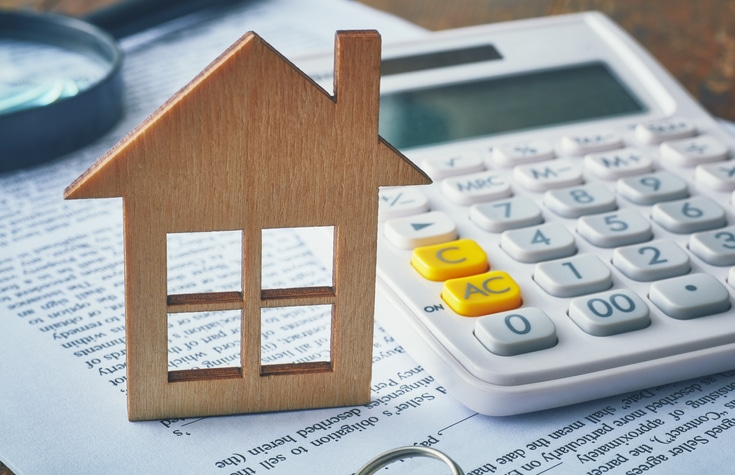Source: US News —
At a time when mortgage rates have increased sharply, home shoppers may be able to lock in better terms with a rewarding seller concession: interest-rate buydowns.
A seller-paid rate buydown can typically help buyers save more money on monthly mortgage payments than if they negotiated a lower purchase price. It can also be cheaper for the seller to pay for discount points than to reduce the home price.
Buyers received a record share of seller concessions – such as mortgage-rate buydowns – during the fourth quarter of 2022, according to Redfin, a real estate brokerage. And while rate buydowns can be a thrifty way to close the deal, they do come with their risks. Here’s what you need to know about seller-paid rate buydowns, so you can decide if this strategy can help you buy or sell a home this year.
How Seller-Paid Mortgage-Rate Buydowns Work
A seller-paid rate buydown is when the seller offers concessions that reduce the buyer’s mortgage interest rate, either for the duration of the loan or just for the first few years. This can happen in one of two ways: The seller contributes to the buyer’s closing costs, or the seller pays for a temporary rate buydown.
Option 1: The Seller Offers Money Toward Closing Costs
With a permanent rate buydown, the seller pays a portion of the buyer’s closing costs that are used toward buying mortgage discount points. Each point reduces the rate by about 0.25 percentage point, depending on the lender, and costs 1% of the loan amount. So if you buy a $500,000 home with a 20% down payment, your mortgage amount would be $400,000, and each point would cost $4,000.
Here’s how mortgage points might impact your monthly principal and interest payment and lifetime loan costs in this example on a 30-year mortgage using our mortgage calculator:
Of course, many homeowners won’t adhere to the entire payment schedule of a 30-year fixed-rate mortgage. Some of them will sell or refinance their home well before then, while others will make extra principal payments to get out of debt faster. So when it comes to rate buydowns, consider your long-term plan and find the break-even point – that is, how long it would take you to save enough money to outweigh the money spent on buying points.
One last caveat: Depending on the type of mortgage you borrow, there are limits on how much the seller can pay toward your closing costs. For Federal Housing Administration and U.S. Department of Agriculture loans, the seller can contribute up to 6% of the total loan amount, while the cap is 4% for VA loans. With conventional loans, the cap varies based on the size of the down payment.
Option 2: The Seller Pays for a Temporary Rate Buydown















